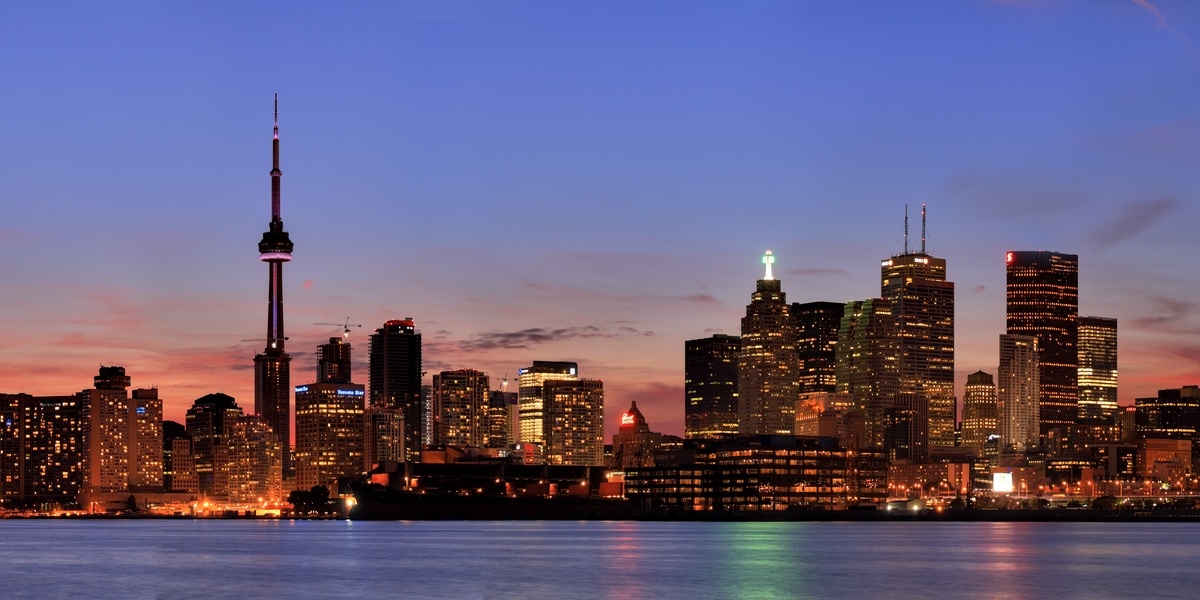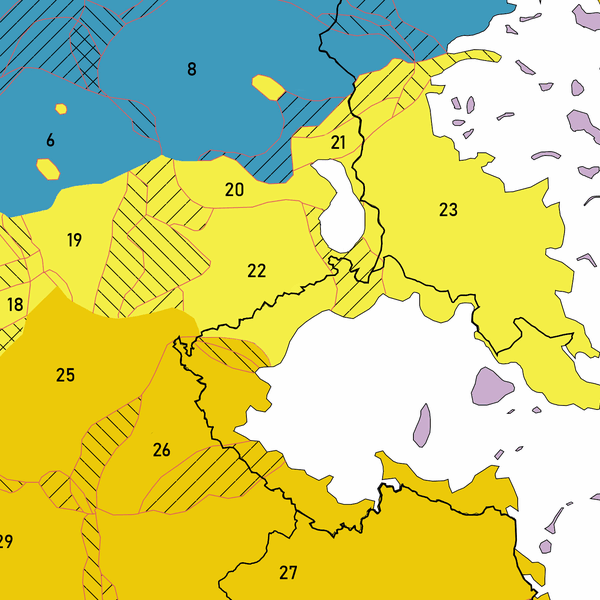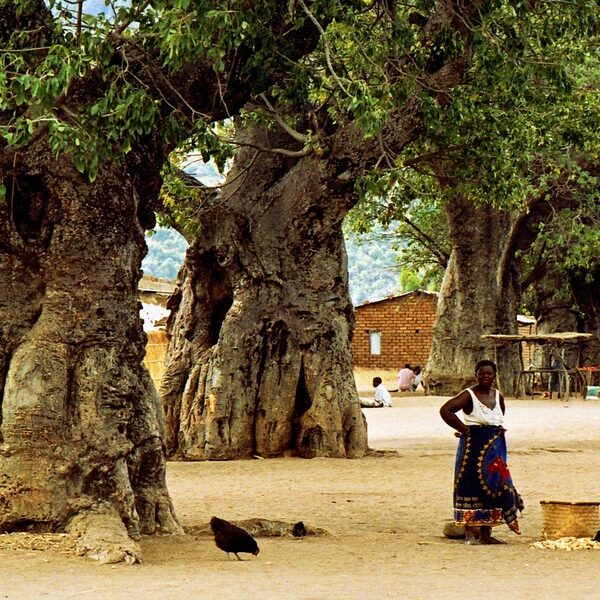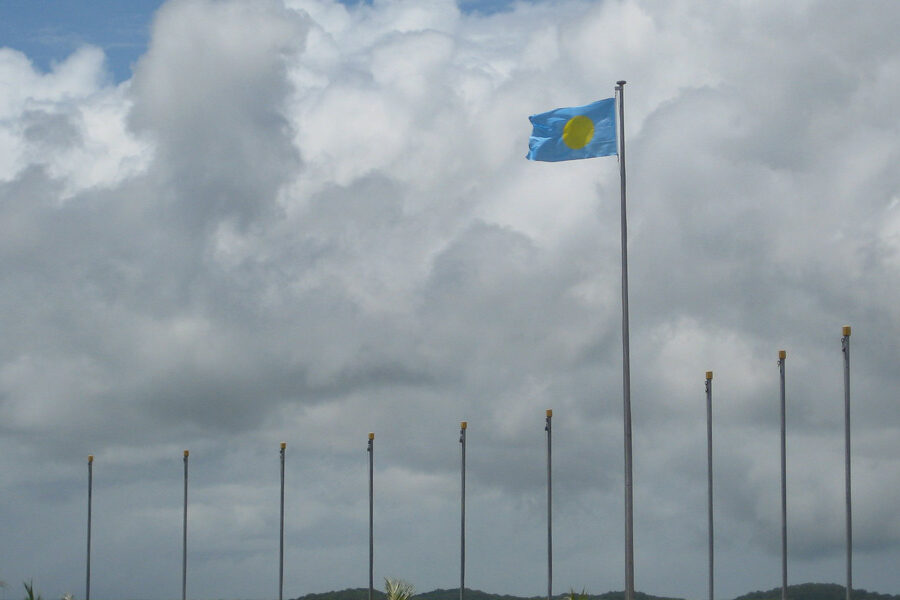Canada is a nation defined by its immense scale, boasting a diverse geography that ranges from bustling metropolises to vast, untouched wilderness. While we often think of cities in terms of their population density, their sheer physical footprint offers a distinct perspective on urban planning and the unique character of Canadian municipalities.
Understanding which of these cities truly cover the most ground can reveal surprising insights. Below, you’ll find a list of the Largest Cities in Canada by Area. This compilation features exactly 25 entries, showcasing a remarkable range from the major urban center of Calgary to the sprawling municipality of Wood Buffalo. For each, you’ll find details on the Country, Province/Territory, and Land Area (km²) to help you grasp their immense sizes.
Why do some less populated areas rank highly on this list?
This often comes down to how “city” boundaries are officially defined in Canada. Many municipalities, particularly in northern or resource-rich regions, encompass vast expanses of land that are undeveloped, forested, or even remote wilderness. While their urbanized core might be small, the total land area under their administrative jurisdiction can be enormous, leading them to appear high on a list focused purely on geographic size rather than population density.
Largest Cities in Canada by Area
| City | Country | Province/Territory | Land Area (km²) |
|---|---|---|---|
| Wood Buffalo | Canada | Alberta | 61,967.36 |
| La Tuque | Canada | Quebec | 28,294.54 |
| Senneterre | Canada | Quebec | 16,332.19 |
| Rouyn-Noranda | Canada | Quebec | 5,958.82 |
| Halifax | Canada | Nova Scotia | 5,490.90 |
| Val-d’Or | Canada | Quebec | 3,551.41 |
| Greater Sudbury | Canada | Ontario | 3,227.36 |
| Kawartha Lakes | Canada | Ontario | 3,059.04 |
| Timmins | Canada | Ontario | 2,961.53 |
| Ottawa | Canada | Ontario | 2,778.13 |
| Chatham-Kent | Canada | Ontario | 2,457.94 |
| Thompson | Canada | Manitoba | 1,718.31 |
| Norfolk County | Canada | Ontario | 1,607.56 |
| Thunder Bay | Canada | Ontario | 1,431.14 |
| Hamilton | Canada | Ontario | 1,117.29 |
| County of Brant | Canada | Ontario | 843.25 |
| Calgary | Canada | Alberta | 825.56 |
| Sault Ste. Marie | Canada | Ontario | 697.10 |
| Edmonton | Canada | Alberta | 685.25 |
| Toronto | Canada | Ontario | 630.20 |
| Winnipeg | Canada | Manitoba | 464.36 |
| Quebec City | Canada | Quebec | 452.26 |
| Whitehorse | Canada | Yukon | 416.54 |
| Montreal | Canada | Quebec | 365.13 |
| London | Canada | Ontario | 420.50 |
Images and Descriptions
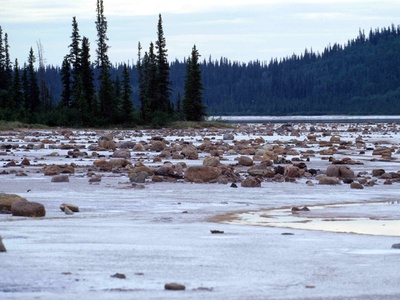
Wood Buffalo
By far Canada’s largest municipality by area, it’s a specialized municipality that includes the oil sands hub of Fort McMurray and vast tracts of boreal forest and wetlands.
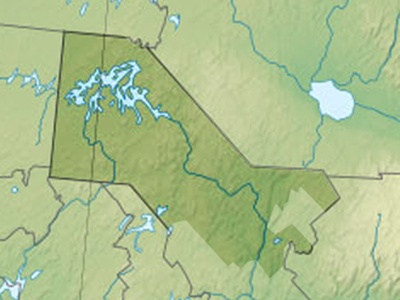
La Tuque
A prime example of Quebec’s geographically massive municipalities, this “city” consists of a small urban core surrounded by an enormous expanse of undeveloped wilderness, lakes, and rivers.
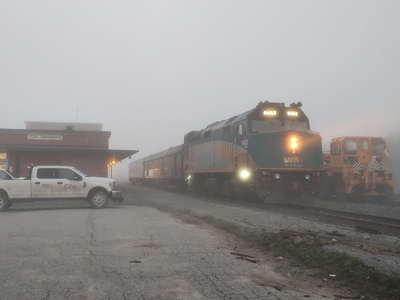
Senneterre
Another huge Quebec municipality, the “parish” of Senneterre covers a massive territory of forest and lakes, dwarfing its small central townsite.
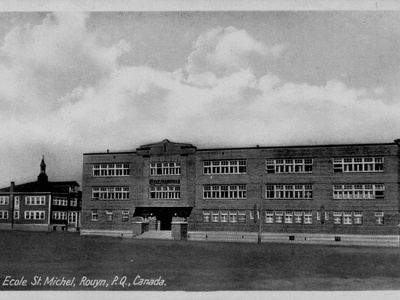
Rouyn-Noranda
The urban centre of the Abitibi-Témiscamingue mining region, its municipal boundaries were expanded to cover a vast, resource-rich territory.
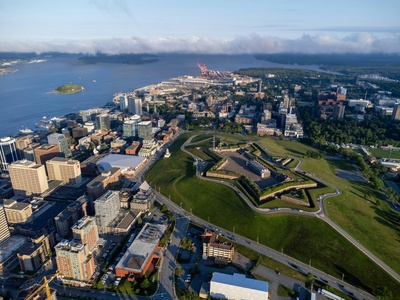
Halifax
This regional municipality was formed by merging the cities of Halifax and Dartmouth with surrounding towns and a large rural area, creating a diverse landscape from urban core to rugged Atlantic coastline.
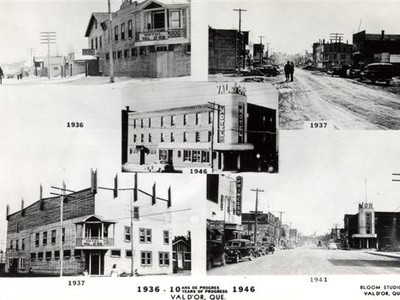
Val-d’Or
Its name means “Valley of Gold,” and its large area reflects its history as a major gold mining hub, with boundaries encompassing the city and the extensive mining territories around it.
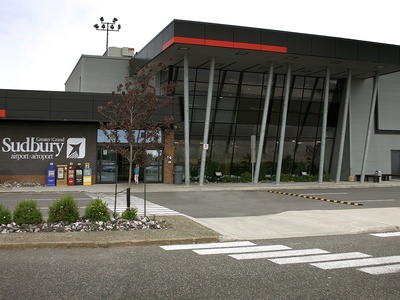
Greater Sudbury
Its current size is the result of a 2001 amalgamation of several municipalities within the Sudbury Basin, a massive 1.8-billion-year-old meteor impact crater rich in minerals.
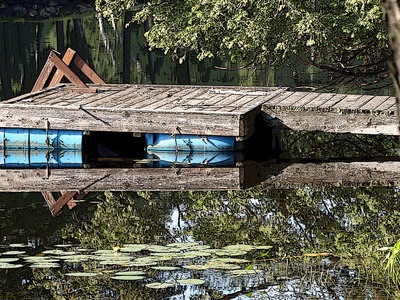
Kawartha Lakes
A single-tier city in Ontario’s cottage country, it was formed by merging all municipalities of the former Victoria County, encompassing numerous lakes, villages, and farmland.
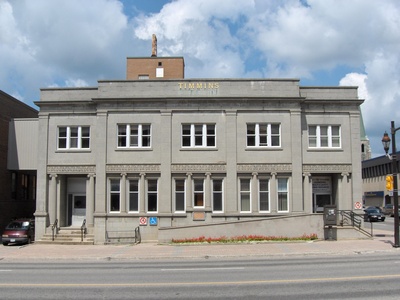
Timmins
A historic gold mining city in Northern Ontario, its large municipal area includes the city proper along with vast tracts of boreal forest and several smaller former company towns.
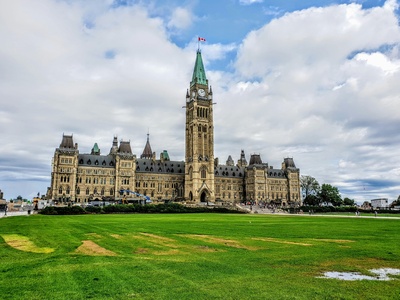
Ottawa
Canada’s capital city has a large physical footprint created in 2001 by amalgamating the old city with many surrounding suburban and rural townships, including a significant greenbelt.
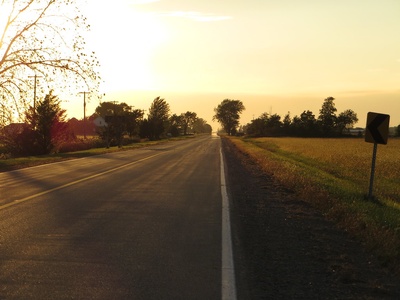
Chatham-Kent
A single-tier municipality in Southwestern Ontario that combined the City of Chatham with all of Kent County, resulting in a large territory dominated by highly productive agricultural land.

Thompson
Known as the “Hub of the North,” this planned mining city in Northern Manitoba has a large land area relative to its population, serving as a gateway to a vast and sparsely populated region.
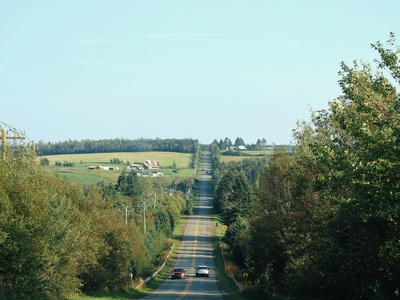
Norfolk County
Located on the north shore of Lake Erie, this single-tier municipality was restructured into a “city,” combining several towns and rich agricultural land known as “Ontario’s Garden.”
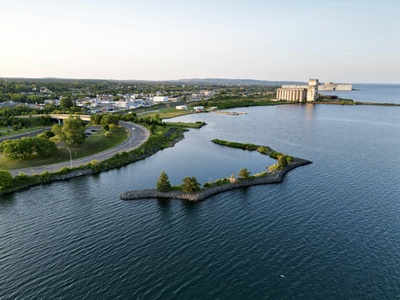
Thunder Bay
Situated on the shore of Lake Superior, this major port city was formed by merging the twin cities of Port Arthur and Fort William, and its boundaries extend into the surrounding Canadian Shield.

Hamilton
A major industrial and port city on Lake Ontario, its large area is the result of a 2001 amalgamation with surrounding towns and rural areas, encompassing a portion of the Niagara Escarpment.

County of Brant
Designated as a single-tier city, it blends the historic urban area of Brantford with surrounding rural communities and farmland along the scenic Grand River.
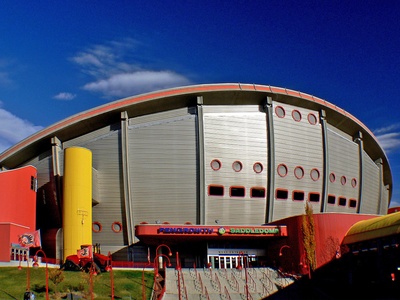
Calgary
Located at the foothills of the Rocky Mountains, Calgary is one of Canada’s largest cities by population and has a vast, sprawling land area that has grown through decades of annexing adjacent prairie land.
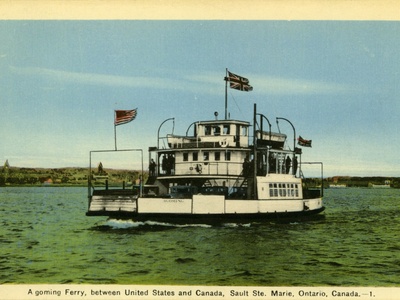
Sault Ste. Marie
Positioned at the heart of the Great Lakes, this border city’s land area stretches from the St. Marys River deep into the rugged landscape of the Canadian Shield.
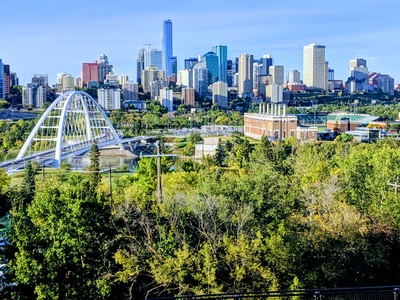
Edmonton
Alberta’s capital city occupies a large, relatively uniform area on the Canadian prairies, famously bisected by the North Saskatchewan River Valley, North America’s largest stretch of urban parkland.
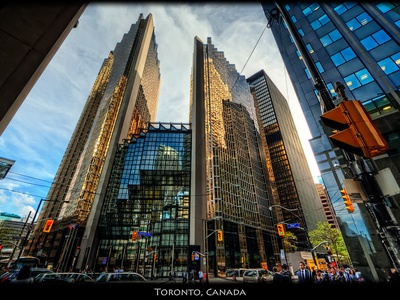
Toronto
Canada’s most populous city, its large and densely developed area on the shore of Lake Ontario was consolidated in 1998 by amalgamating six separate municipalities.
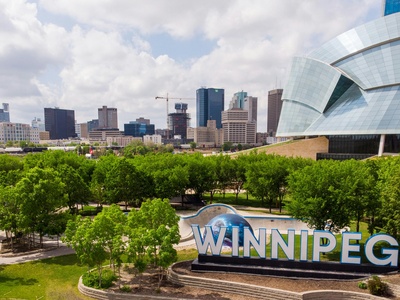
Winnipeg
Located near the geographic centre of North America, the capital of Manitoba is a geographically large and flat prairie city defined by the historic confluence of the Red and Assiniboine Rivers.
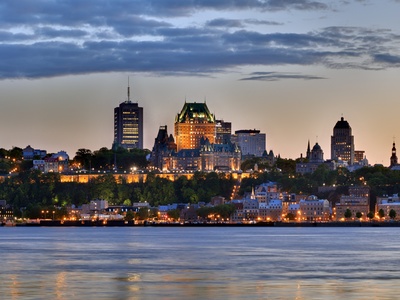
Quebec City
One of North America’s oldest European settlements, its modern boundaries expanded through amalgamation but it remains more compact than Quebec’s giant northern “ville” municipalities.
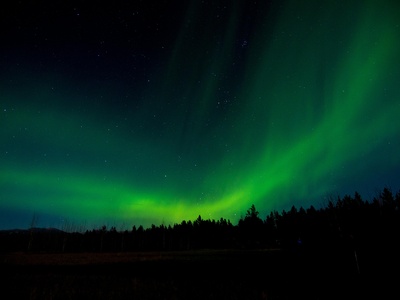
Whitehorse
The capital of the Yukon, this northern city’s municipal area is nestled in the wide valley of the iconic Yukon River, surrounded by vast subarctic wilderness.
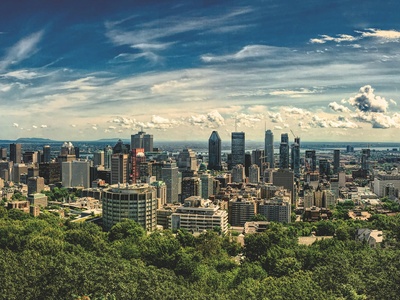
Montreal
Canada’s second-most populous city is geographically constrained to the Island of Montreal, making it extensive but smaller in area than many of its amalgamated counterparts.
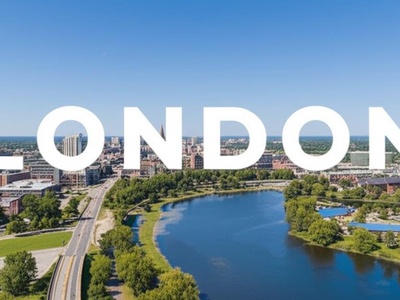
London
Known as the “Forest City,” London has a significant land area in Southwestern Ontario that includes a mix of urban, suburban, and agricultural lands along the Thames River.

